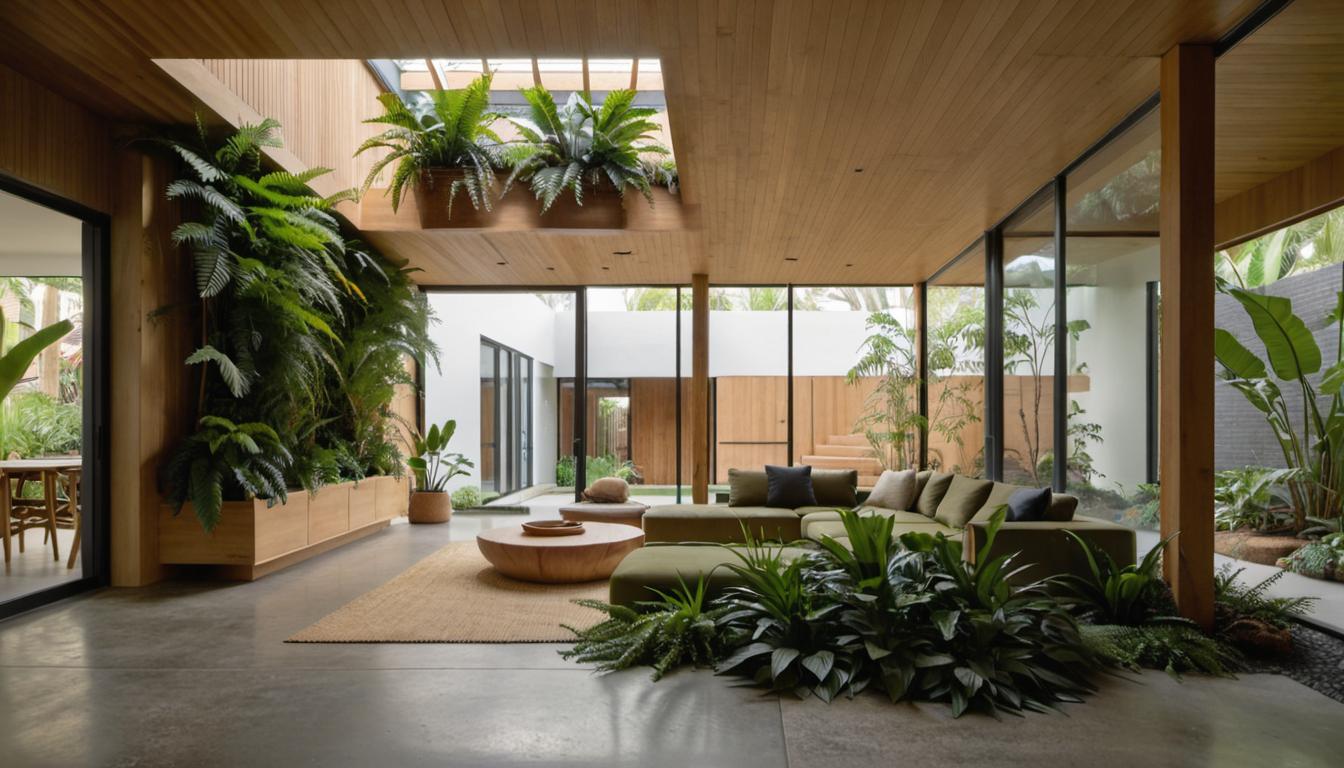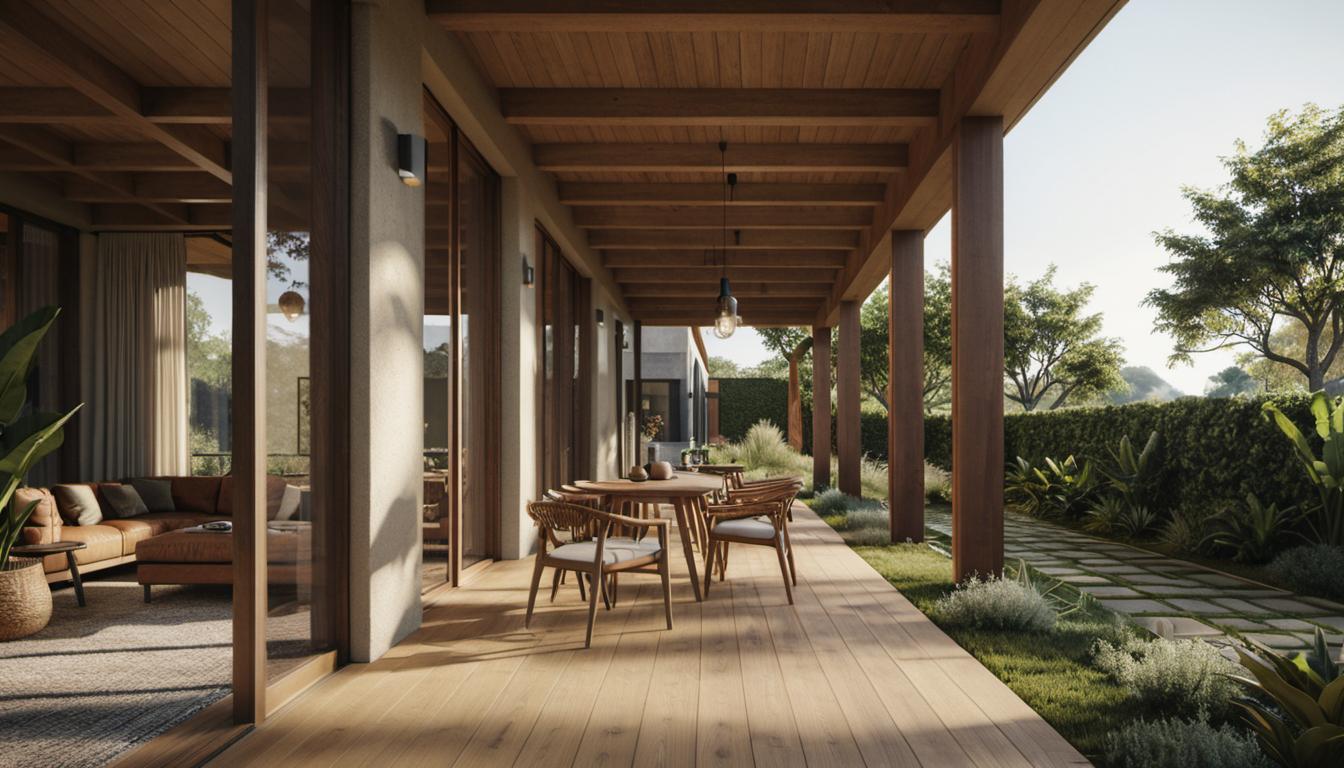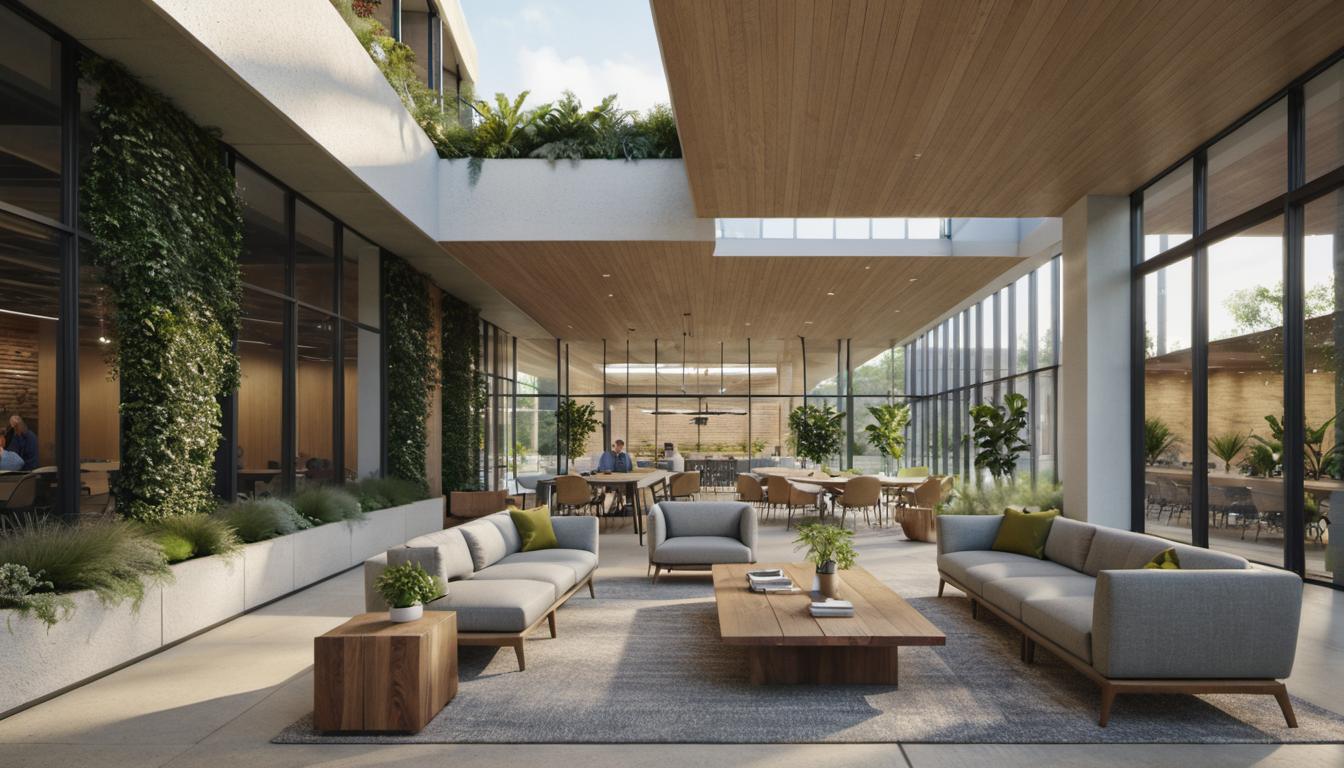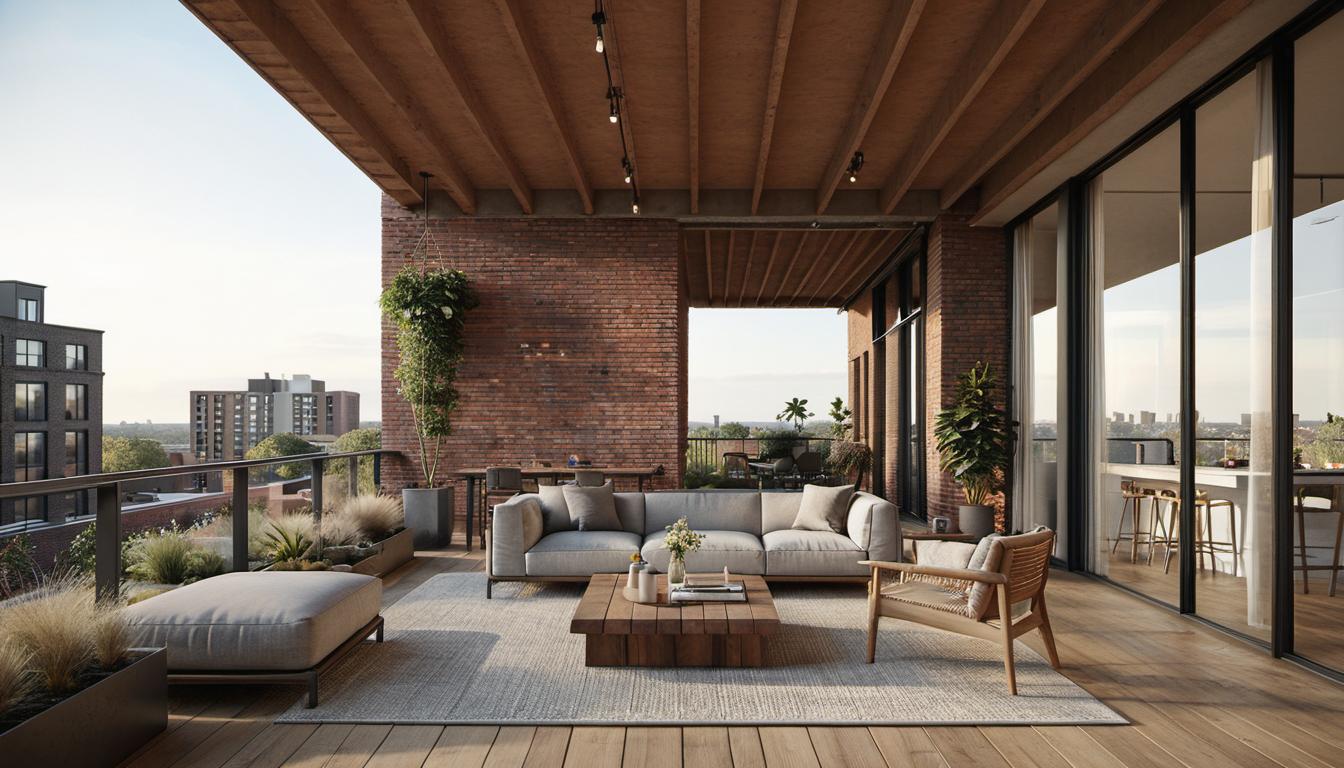As professionals in the fields of architecture, interior design, and real estate, the call for creating sustainable indoor landscape design is loud and clear. Why? It not only enhances the visual appeal but also contributes significantly towards improving the environment.
- Importance of Sustainability in Indoor Landscape Design:
- Pathway to Sustainability in Indoor Landscape Design:
Sustainability is a critical aspect in the realm of indoor landscaping. Architecting a design that blends aesthetics and environmental contemplation is not just responsible living, but also offers tangible benefits. It helps purifying the air, improving concentration, and gives a touch of serenity to your living or working space.
Achieving sustainability in indoor landscape design is not as daunting as it might sound. It relies on selecting the right plants, creating conducive surroundings, and continued maintenance. Let’s discuss further.
Being clear about the types of plants suitable for indoor environment is halfway to realizing your indoor garden. A mix of decorative plants and edible herbs can be ideal.
- Plant Types for Indoor Garden:
- Plant Growth and Sustainability:
Plants like bamboo, spider plants, aloe, philodendron, and English Ivy are easier to grow and maintain indoors. Additionally, herbs like basil, mint, rosemary, and veggies like spinach, cabbage, and lettuce can also flourish in household conditions.
The plants’ natural growth process renews air quality, enhances humidity, and adds to the aesthetics, collectively promoting sustainability with minimum resources.
Once your plant choices are firm, the next up is creating a favorable environment for them. It can be achieved by managing lighting, humidity levels, selecting the appropriate soil, and even considering a hydroponic garden.
- Proper Lighting:
- Maintaining Humidity Levels:
- Choosing Appropriate Soil:
- Hydroponic Gardening:
Most indoor plants need a decent amount of sunlight. So, position your indoor garden close to windows or balconies to ensure they get enough sunlight.
Keeping the indoor garden humid but not excessively wet is key to flourishing plants. In addition, employ simple steps like managing your room temperature and using sprays to maintain humidity.
The type of soil plays a critical role in plant growth. For indoor gardening, the soil should be well-draining and enriched with essential nutrients.
Opting for a hydroponic garden might be an interesting twist to conventional indoor gardening. By using water and nutrients instead of soil, it allows for sustainable farming which saving space and providing higher yields.
By striking a balance between indoor and outdoor spaces, sustainable design plays a significant role in modern architecture and property design.
- Significance of Merging Indoor and Outdoor Spaces:
- Advantages of Sustainable Design:
- Eco-Friendly Materials:
The need to provide seamless transition between indoor and outdoor living spaces has gained momentum. This approach lends ample air, light, and greenery to living spaces.
Sustainable design not only minimizes the impact on the environment, but also results in significant cost savings in the long run by using renewable, energy-efficient materials and designs.
To create sustainable indoor-outdoor living spaces, the choice of materials like Thermowood, bamboo, cork are key. They are renewable, biodegradable, and stand the test of time.
The role of residential landscape architecture in realizing sustainability is significant. Implementing principles of ecological design and using native plants, one can create an eco-friendly indoor-outdoor environment at home.
- The Significance of Native Plants:
- Principles of Ecological Design:
- Role of landscape architects in promoting sustainability:
Native plants play a major part in reducing excess use of water and chemicals, thereby reducing ecosystem damage. Moreover, they create a habitat for local species and enhance local biodiversity.
Applying ecological design principles and permaculture practices in your residential landscape optimizes productivity and reduces the negative ecological impacts of residential development.
Landscape architects have a significant role in implementing sustainable practices in residential landscapes. Their knowledge and expertise contribute to enhancing plant productivity, reducing ecological impacts, and promoting sustainable living.
Let’s walk through some impressive real-world examples of indoor landscape designs:
- Jewel in Changi Airport, Singapore
- The Eden Project, United Kingdom
- Gardens by the Bay, Singapore
- Stepping Park House, Vietnam
- Salesforce Tower Park, San Francisco
Creating sustainable indoor landscape designs is much more than substituting artificial décor with natural ones. It’s about creating a balance between our indoor and outdoor environment. It’s about making an ecological choice. By bringing this essence to your spaces, you not only transform your lifestyle but also give back to the environment.
- What kind of plants are suitable for sustainable indoor gardening?
Spider plants, aloe, basil, mint, rosemary, and vegetables like spinach, cabbage are some plants perfect for indoor gardening.
- How can you create a conducive environment for indoor plants?
Managing lighting, humidity levels, choosing the right soil, and considering a hydroponic garden option helps create a conducive environment for indoor plants.
- What is the importance of sustainable design in indoor-outdoor living spaces?
Seamless indoor-outdoor spaces enhance physical comfort, connect people with nature, and improve air quality, natural light, and access to greenery.
- What sustainable practices can be utilized in residential landscape architecture?
Practices like using native plants, applying principles of ecological design, and promoting permaculture are key in creating a sustainable indoor landscape.
- Can you provide some examples of notable interior landscape design projects?
The Jewel in Changi Airport, Singapore; The Eden Project, UK; Gardens by the Bay, Singapore; Stepping Park House, Vietnam; Salesforce Tower Park, San Francisco.






